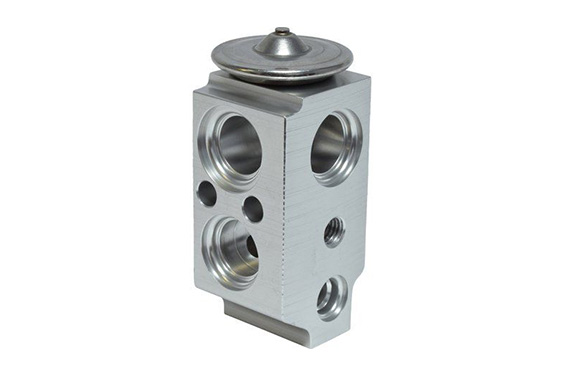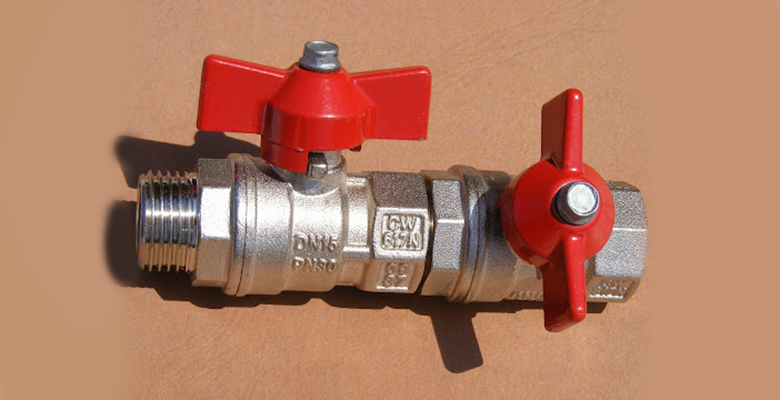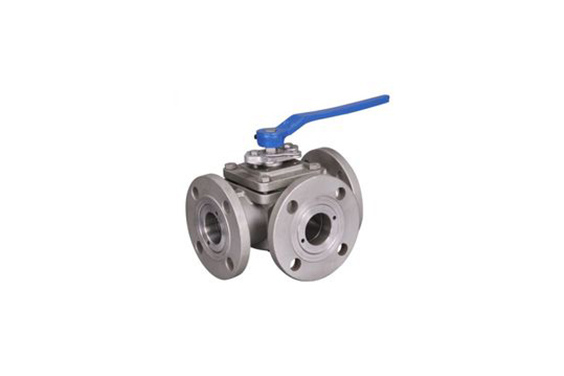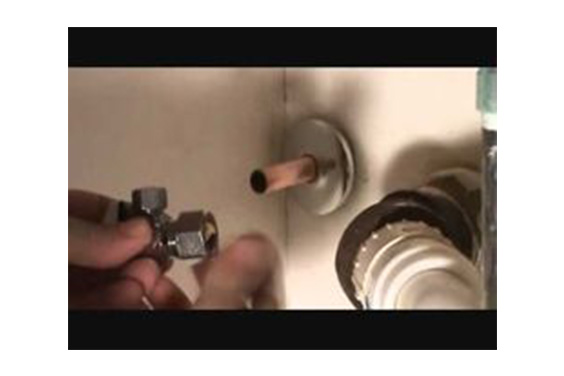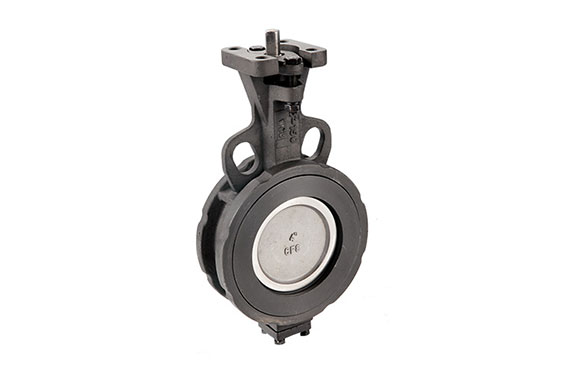A solenoid valve is an electromechanical device that controls the flow of liquid or gas by opening and closing in response to an electric current. Solenoid valves are used in a wide variety of applications, from water treatment plants to HVAC systems to automotive engines.
They can be classified into two main categories: direct-acting valves and pilot-operated valves. In this blog post, we’ll take a closer look at how solenoid valves work and discuss some of their key features and benefits. Stay tuned!
How Does A Solenoid Valve Work
Solenoid valves work by using an electromagnet that is activated by an electric current. When the current is switched off, the magnet will release its hold on the metal plunger inside the valve and allow it to move freely. The solenoid valve can then be opened or closed depending on what you want to do with it. This allows you to control whether fluid should flow into or out of a system.
The solenoid valve consists of two parts – the magnetic coil and a plunger assembly. There is also a diaphragm present in between these two parts that separates them from each other when not in use. The coil is made up of copper wire wrapped around an iron core which becomes magnetized when electricity is passed through it.
The plunger assembly contains both a piston and a spring which provide force against the diaphragm when there’s no electrical current passing through the coil.
This means that any pressure difference across this diaphragm will result in movement when current is applied to the coil, allowing for smooth operation of the valve even at low pressures.
What activates a solenoid valve?
Electric current activates a magnetic field that opens or closes the valve, depending on the direction of the current. Solenoid valves are often used in automated systems, such as sprinkler systems or automatic doors, where they can be triggered remotely.
However, they can also be used manually, for example, to control the flow of water in a washing machine. Solenoid valves come in a variety of sizes and shapes, and can be made from a variety of materials, depending on their application.
What causes solenoid to fail?
Solenoids are an essential component of many electronic devices, but they can be notoriously finicky. The most common cause of solenoid failure is simply old age. Over time, the internal parts of the solenoid can wear out, preventing it from generating the correct electrical current.
Another common cause of solenoid failure is vibration. If a solenoid is subject to too much vibration, it can break the delicate internal connections and render the device useless. Finally, solenoids can also fail if they are exposed to too much heat or humidity. These extreme conditions can damage the sensitive internal components and cause the solenoid to malfunction.
How do I know if my solenoid valve is working?
One way to test whether your solenoid valve is working properly is to attach a multimeter to the two leads on the valve. If the meter reads zero, then the valve is open and allowing current to flow. If the meter reads infinity, then the valve is closed and no current is flowing.
Another way to test the valve is to Listen for a click when you press the button that controls the valve. If you don’t hear a click, then the valve may be stuck in the open or closed position. You can also try manually opening and closing the valve to see if it moves freely. If it feels stiff or gets stuck, then it may need to be replaced.
What happens when a solenoid is stuck open?
When a solenoid is stuck open, it means that the coil of wire inside is not receiving enough power to create a magnetic field. As a result, the solenoid cannot generate the force necessary to perform its intended function. In some cases, a stuck open solenoid may cause intermittent problems.
For example, a car starter solenoid may occasionally engage, but not always. In other cases, a stuck open solenoid may cause permanent damage. For example, if an engine’s fuel injector solenoid is stuck open, it will continually flood the engine with fuel, leading to serious damage. Either way, a stuck open solenoid is definitely not something you want to ignore!


